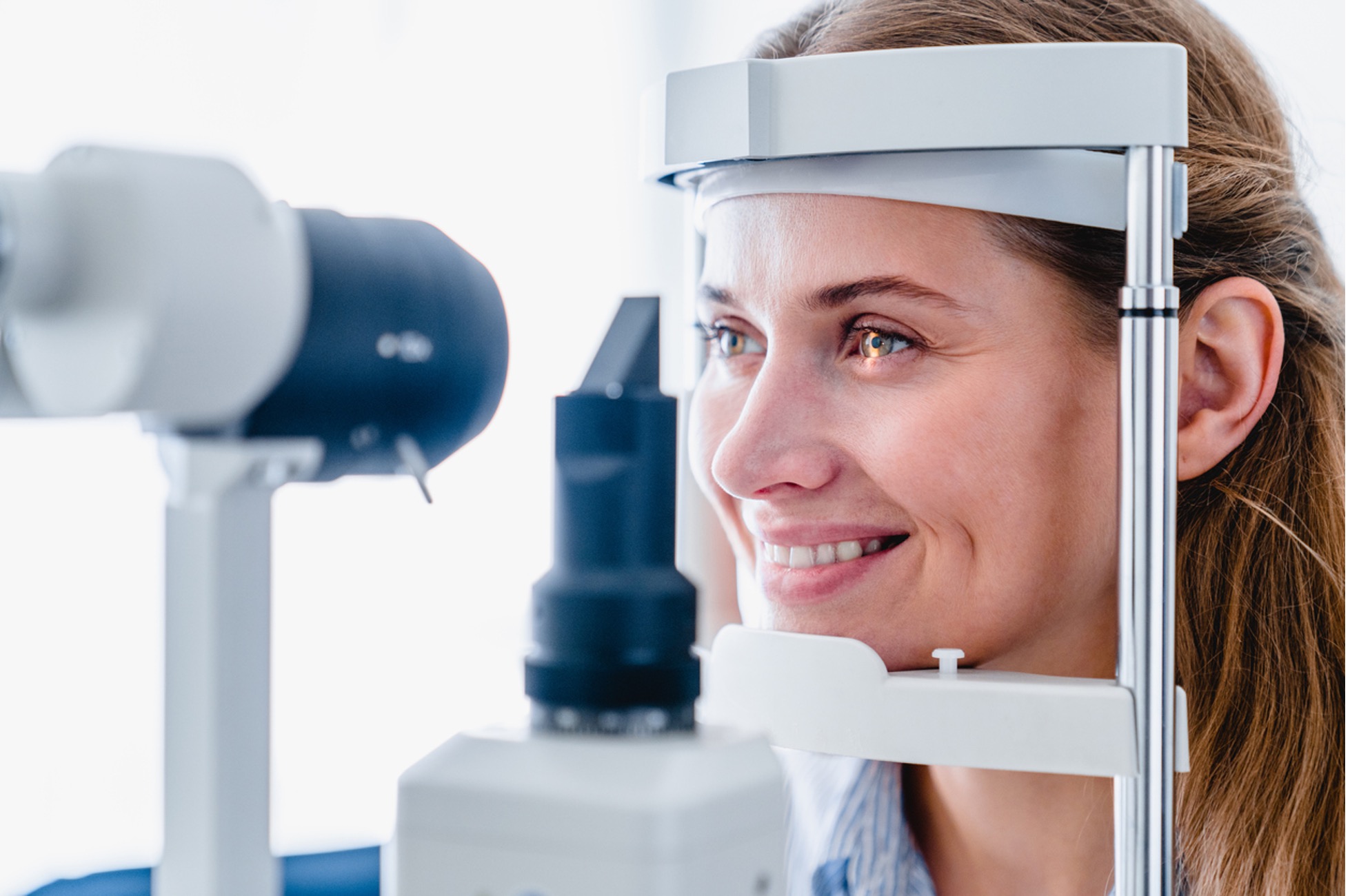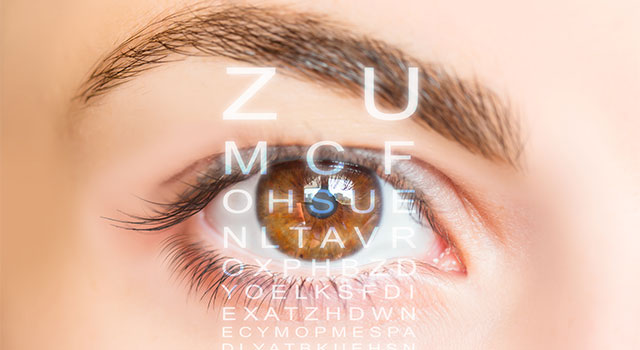Eyecare Near Me: Comprehensive and Reliable Vision Solutions
Eyecare Near Me: Comprehensive and Reliable Vision Solutions
Blog Article
The Function of Advanced Diagnostic Tools in Identifying Eye Disorders
In the world of ophthalmology, the use of advanced analysis tools has actually reinvented the early recognition and administration of numerous eye conditions. From spotting refined modifications in the optic nerve to monitoring the development of retinal diseases, these modern technologies play a crucial function in boosting the accuracy and performance of identifying eye conditions. As the need for precise and prompt medical diagnoses continues to expand, the integration of sophisticated tools like optical comprehensibility tomography and aesthetic field screening has actually come to be essential in the world of eye treatment. The complex interplay in between modern technology and ophthalmic methods not just sheds light on complex pathologies yet additionally opens up doors to tailored therapy approaches.
Value of Very Early Medical Diagnosis
Very early medical diagnosis plays a pivotal role in the efficient administration and therapy of eye disorders. Prompt recognition of eye conditions is essential as it enables punctual treatment, possibly protecting against more development of the condition and minimizing long-term complications. By spotting eye disorders at an early stage, doctor can provide suitable treatment plans customized to the details problem, inevitably causing much better results for clients. Very early diagnosis enables patients to accessibility needed support solutions and sources quicker, boosting their general high quality of life.

Technology for Spotting Glaucoma
Advanced analysis technologies play a crucial function in the early detection and surveillance of glaucoma, a leading root cause of permanent loss of sight worldwide. One such innovation is optical comprehensibility tomography (OCT), which offers comprehensive cross-sectional photos of the retina, enabling the dimension of retinal nerve fiber layer thickness. This dimension is essential in examining damages brought on by glaucoma. An additional advanced tool is aesthetic field testing, which maps the level of sensitivity of a client's aesthetic area, helping to find any areas of vision loss attribute of glaucoma. In addition, tonometry is used to determine intraocular stress, a significant risk aspect for glaucoma. This examination is essential as elevated intraocular stress can bring about optic nerve damage. Newer innovations like the usage of man-made knowledge formulas in assessing imaging data are showing encouraging results in the early detection of glaucoma. These advanced diagnostic tools enable ophthalmologists to diagnose glaucoma in its beginning, permitting timely intervention and better management of the disease to avoid vision loss.
Role of Optical Comprehensibility Tomography

OCT's capability to quantify retinal nerve fiber layer thickness enables specific and unbiased dimensions, helping in the early discovery of glaucoma even before aesthetic field defects emerge. Additionally, OCT technology allows longitudinal tracking of architectural modifications over time, facilitating tailored treatment strategies and timely treatments to assist maintain clients' vision. The non-invasive nature of OCT imaging likewise makes it a recommended selection for monitoring glaucoma development, as it can be repeated consistently without triggering pain to the patient. Generally, OCT plays an essential function in boosting the diagnostic precision and management of glaucoma, ultimately contributing to much better end results for people in danger of vision loss.
Enhancing Medical Diagnosis With Visual Area Screening
A crucial part in comprehensive ophthalmic assessments, visual field testing plays a pivotal role in enhancing the diagnostic process for various eye disorders. By evaluating the my latest blog post full extent of a patient's visual field, this examination provides crucial information regarding the practical stability of the entire visual pathway, from the retina to the visual cortex.
Aesthetic area screening is especially useful in the diagnosis and management of conditions such as glaucoma, optic nerve disorders, and numerous neurological conditions that can affect vision. With measurable measurements of peripheral and main vision, medical professionals can find refined modifications that may show the visibility or progression of these disorders, also prior to obvious symptoms occur.
Furthermore, aesthetic field screening permits the tracking of treatment efficiency, assisting ophthalmologists customize restorative treatments to private people. special info eyecare near me. By tracking modifications in visual area performance with time, doctor can make informed choices about readjusting medications, advising surgical treatments, or carrying out various other ideal steps to maintain or enhance a person's visual feature
Handling Macular Deterioration

Conclusion
Finally, advanced diagnostic tools play a vital duty in recognizing eye problems early on. Technologies such as Optical Comprehensibility Tomography and aesthetic area screening have actually substantially boosted the precision and performance of detecting problems like glaucoma and macular degeneration. Early detection permits timely treatment and monitoring of these problems, inevitably resulting in far better end results web for patients. It is necessary for healthcare experts to stay updated on these developments to offer the most effective possible take care of their individuals. eyecare near me.
Report this page